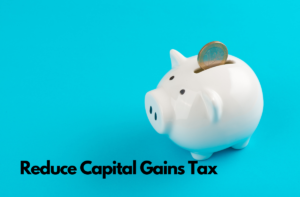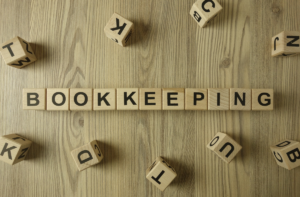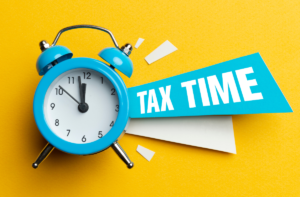
2 things to keep in mind, when managing the cost of living…
2 things to keep in mind, when managing the cost of living…

Reduce your living costs
Start by focusing on small areas at a time. Begin with tracking your weekly spending, allowing you to identify the parts you can cut back on. For example, you may find yourself eating out too often, or that your energy bills are the leading cost.
Priorities
Whenever looking at payments, always prioritise mortgage or rent payments. This can help you save on huge amounts of interest in the long term, and protect you from ending up in a situation where you can’t make the payment.
For further help, check out moneysmart.gov.au, the source of our information.
Featured Articles
Key information on work from home deductions…
Fixed Rate For the 2023–24 income year, you can claim 67 cents per hour for working from home. This rate …

Starting a business? You’ll need to choose a business structure…
If you are starting a business, it’s important to choose the right business structure to suit your needs. As your …

Reducing capital gains tax
Did you know you can reduce your capital gains tax (CGT) bill by offsetting your capital gains with capital losses? …

Bookkeeping for small businesses
Why Bookkeeping Matters for Small Businesses: Organizing Information: Bookkeeping helps organize financial data, making it easier to understand and analyze. …

Growing your superannuation
Personal Super Contributions: You can boost your super by adding your own personal contributions directly to your super fund. If …

Lodging your tax return
A tax return is a document you submit to the tax authorities (such as the Australian Taxation Office, ATO) that …

Own an investment property? Implement this from the get-go to make taxation easier…
Don’t make the mistake of going into an investment without thinking about taxation. Let’s say your property is being used …


